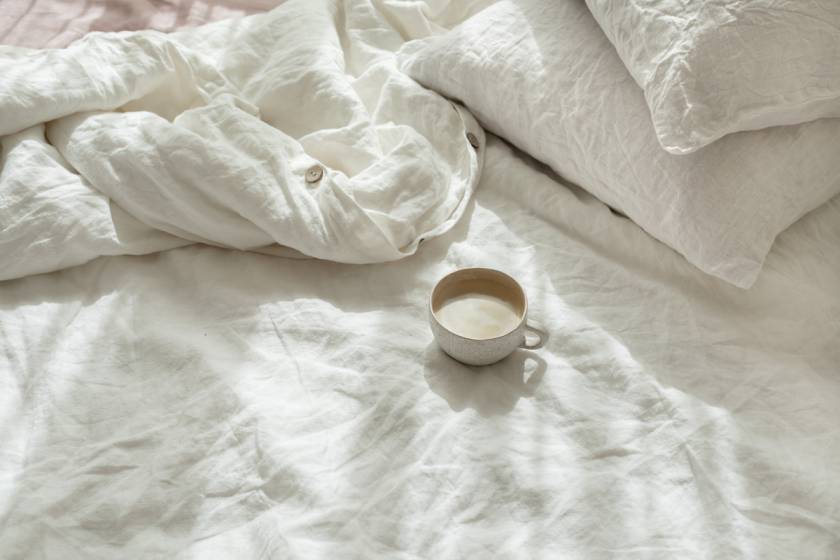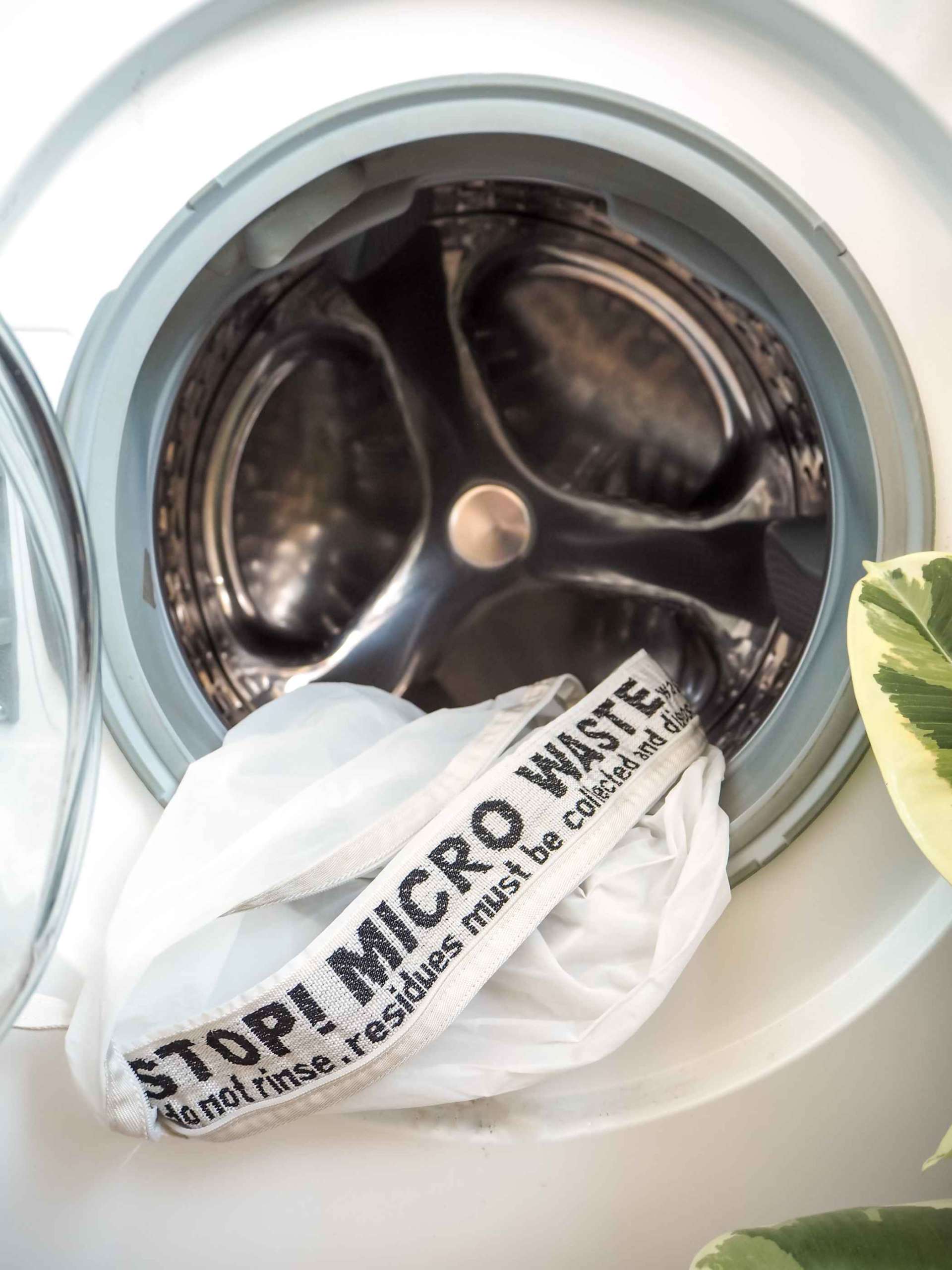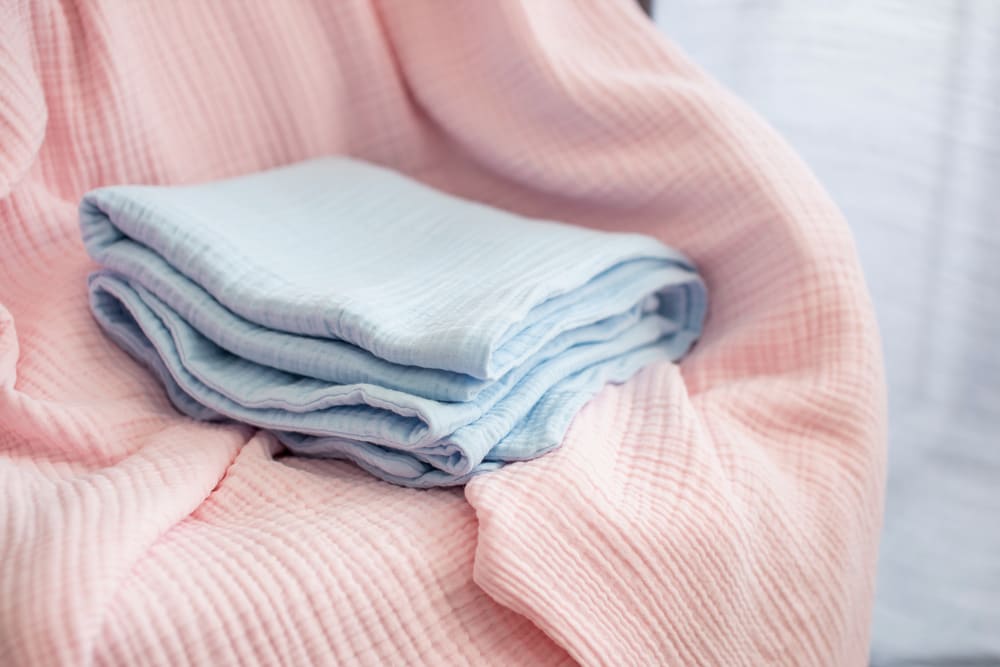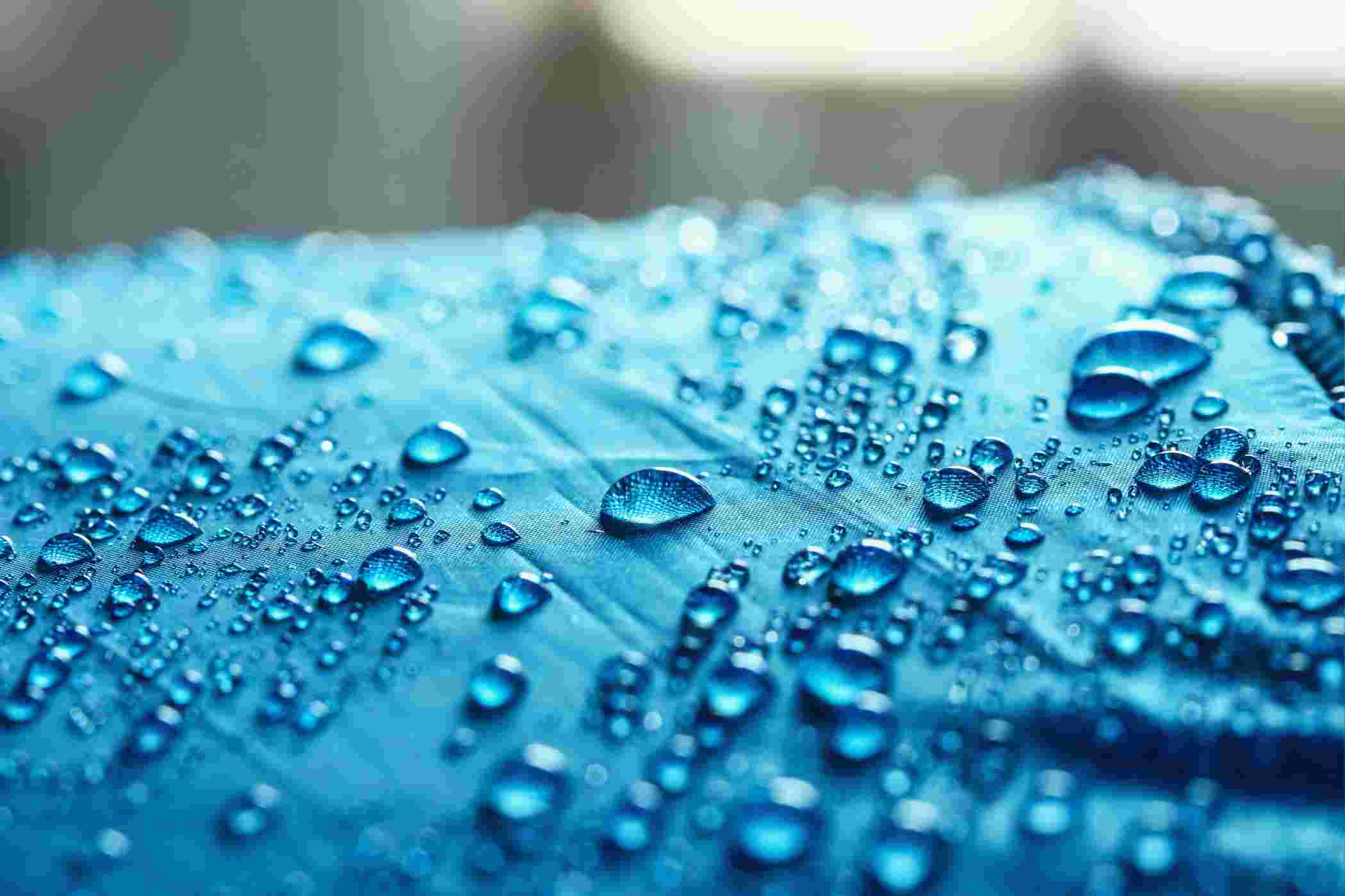Linen: Origin, production, types, major importers and exporters, uses, and environmental impact



Linen is a strong and absorbent fabric made from the stem of flax plant. Although the exact year or the century of its origin is not known, linen continues to be one of the oldest textiles in use. The oldest discovered linen fibers were found in a cave in Georgia, Europe. They have been dated to around 34000 B.C.
Linen's use has been also documented in Mesopotamian and Sumerian civilization but the culture that celebrated its use the most was that of the ancient Egyptians. Due to the weather in northern Africa, it was the cloth of choice in the region and was even used during the mummification process. Discoveries in the past century have brought forth mummies of kings and queens that were shrouded in linen.
In modern history, Ireland has emerged as the hub of linen production with the town of Belfast being the center.
Production and overview

Linen is made from the stem of a flax plant. After the plant is harvested it undergoes a 6 step process:
Fiber separation
Leaves and seeds are separated from the stalk
Breaking
The stalks are broken and inner useful fibers are separated from useless outer fibers.
Combing
The inner fibers are combed to thin stands which makes them ready for spinning.
Spinning
Using spreaders, they are converted into strings called rovings and then they're spun.
Reeling
After being spun they are reeled onto bobbins.
Drying
After the reeling process is over, the product is ready to be dyed, treated and made into garments or housewares.
Linen is one of the most breathable and moisture wicking textiles. It has really low heat retention ability and is best suited for hot and humid regions. Although it's expensive compared to cotton, it's heat repellent qualities are much better.
Major exporters and importers
China is the largest producer of linen today, outdoing Europe, the 20th century leader. Its is also produced in large quantities in Belgium, Italy, UK and the United States of America where it is a culturally celebrated textile. India doesn't hold a place on the map when it comes to linen production and continues to be a major importer from the European Union.
Types

Damask linen
It's an ornamental linen usually produced for decorative purposes
Plain woven linen
Most common linen around us - used in towels, napkins, etc.
Loosely woven linen
Least durable but highly absorbent in nature.
Sheeting linen
These are made from linen sheets with a close weave.
Uses of linen
Linen is considered a luxury fiber and it's most common use is found in the apparel industry with linen jackets, shirts, blazers, vests, lingerie etc. being made from it. It's also used to make napkins, table cloth, pillow cases, and bedding as well. Linen can sometimes be used as a canvas for paintings.
Environmental Impact
The most toxic products released during manufacture of linen from flax are oxalic acid and alkali which are harmful for the surroundings even in low concentrations. The retting process by which these chemicals are released into the surroundings can be either done by oxalic acid/alkali or by water. While the organic method using water is more sustainable, it's equally costly and slow, and thus not preferred by industries.
Yet compared to other fabrics, linen is one of the least environmentally damaging textiles and the industry has the possibility of sustainable growth in the future. The need is to shift from unsustainable practices of linen production to sustainable ones while investing in organic methods of its production.



















